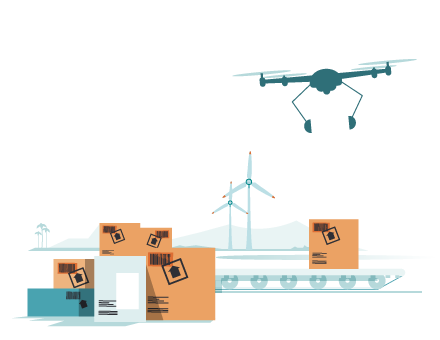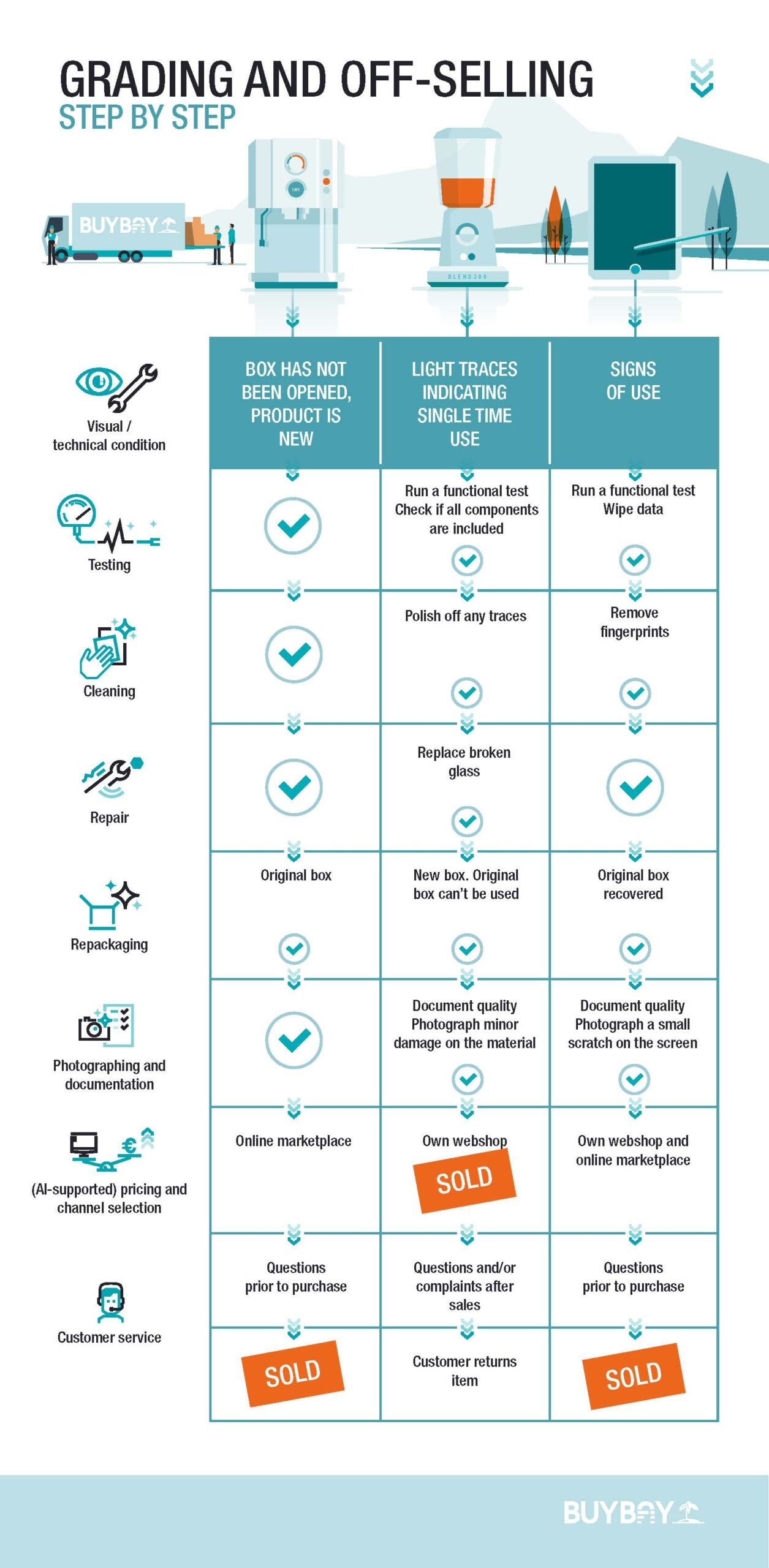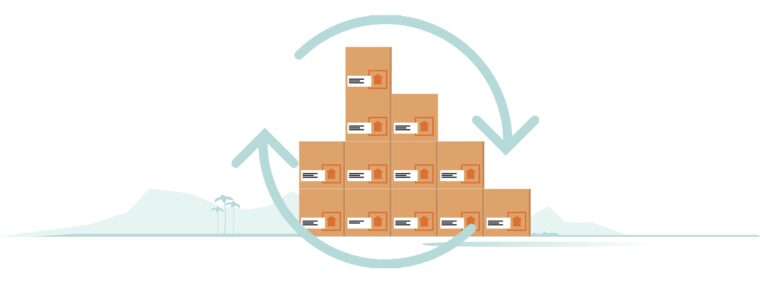The biggest unnecessary expense in e-commerce operations
To learn where organizations can find the biggest profit in dealing with returns management, we talked with all-round operational expert and Site Manager at BuyBay: John Warnar.

Many companies experience returns management as a necessary evil. Often, there is limited transparency on all the steps and cost factors involved in the process. Getting a clear picture of all the steps is essential to streamline your processes and turn returns management into a profitable business. This blog explains what steps an efficient returns management process should include and demonstrates the complexity of the process through the journey of 3 example products.
An adequate returns management process includes a fast, effective, and appropriate screening of each returned item. Based on the value that can be realized with the product, you can determine the follow-up steps in the process. For some products, it makes sense to perform additional activities. To illustrate, a returned product that has been used intensively will benefit from a deep cleaning procedure to achieve optimal value.
“Grading” – the testing, evaluating, and cleaning – of returned products is a labor-intensive and time-consuming task. It is perhaps the most critical part of the returns management process as it involves an individual inspection of every item in the returns flow. Very high accuracy is required because mistakes can lead to severe consequences and immediate loss of profit. On the one hand, the different conditions of the returned goods, from “as good as new” to “badly damaged,” need to be considered. On the other hand, products such as coffee machines and smoothie blenders require very different handling than products with Personal Identifiable Information (PII) such as laptops and TVs. Grading should, in any case, include a functional inspection and description, cleaning, detailed documentation and photography, and safe removal of PII (‘data wiping’).
After all the necessary grading steps are completed, it is time to determine the most appropriate sales channel based on the state of the product, the market value, and current supply and demand. The value of a returned item can rapidly decline, for example, when it concerns a seasonal product or when a new product version is launched.
An item can be returned in a variety of conditions, from “as good as new” to “badly damaged” and “visible signs of use.” Every item requires appropriate handling, dependent on the product’s condition and product specifications. Grading should, in any case, include a functional inspection and description, cleaning, detailed documentation and photography, and safe removal of PII (‘data wiping’).
The checklist below shows you the journey various types of products can undertake.

Now that you know what steps are involved in grading and selling returns, you can review your processes to decide whether you should do returns management in-house or outsource (parts of) it. If you need personal advice, do not hesitate to reach out to us! We are happy to help.


We believe "Re-Commerce" (the resale of returned, new or used products), will be the number one E-Commerce trend in 2022 as it offers many advantages for companies. In this blog, you'll learn about the three reasons why re-commerce will be a megatrend next year.